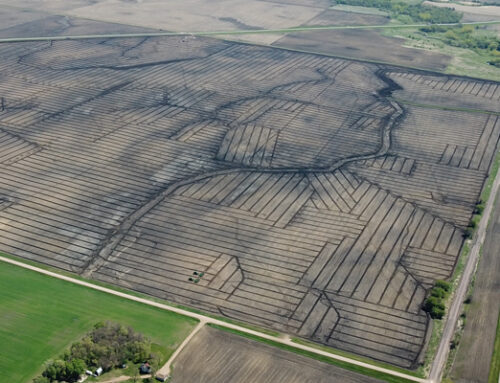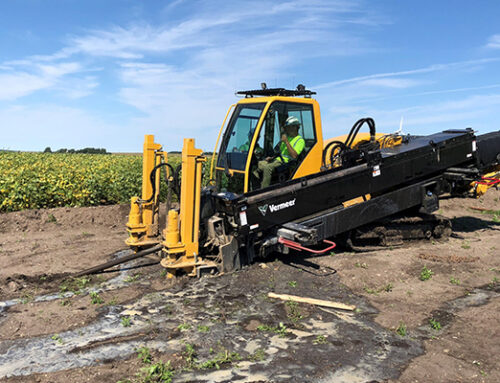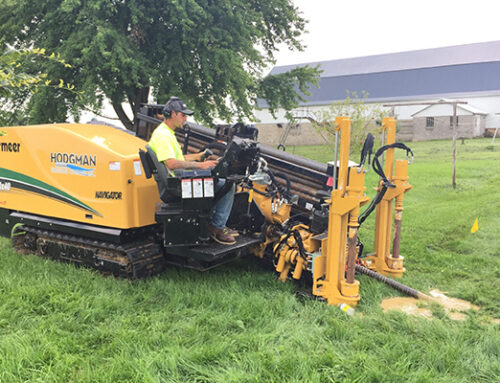Directional drilling is a highly complex procedure that relies on advanced technology and precise execution but also comes with significant risks. While the potential benefits of reaching difficult reservoirs are substantial, the challenges can be formidable. Effective risk mitigation strategies are crucial to ensure a more streamlined and successful drilling operation, ultimately minimizing potential setbacks.
This blog post will explore strategies for effective drilling risk management.
Understanding Directional Drilling
At its core, it is about steering the drill bit to access oil and gas reservoirs not directly beneath the drilling rig. It’s a sophisticated process that involves intricate planning and execution. This process mitigates the need for multiple surface locations, minimizing environmental impact and maximizing resource recovery.
Challenges of Directional Drilling
As we navigate the complexities of drilling, it’s crucial to acknowledge the challenges that can tip the scales toward risk. These challenges include:
Geological Uncertainties: The subterranean surfaces are a complex maze of rock formations, and predicting their behavior accurately is akin to solving a puzzle with missing pieces.
Equipment Reliability: The drilling tools and technology must perform flawlessly in extreme conditions to avoid costly downtime.
Environmental Impact: It aims to minimize surface disruption, but any misstep can result in unintended environmental consequences.
Strategies for Directional Drilling Risk Mitigation
Robust Planning and Surveying:
Preparing a comprehensive plan is essential before the first bit breaks ground. Conducting thorough geological surveys helps identify potential challenges and opportunities beneath the surface. By integrating advanced surveying technologies, operators gain a clearer picture of the subsurface environment, reducing uncertainties.
Real-time Monitoring and Data Analysis | Directional Drilling:
Utilizing advanced sensors and monitoring equipment provides instant feedback on drilling conditions. Analyzing this data in real-time empowers drilling teams to make swift, informed decisions, preventing potential issues before they escalate.
Well-Designed Borehole Trajectory:
Engineers can design a path that navigates geological challenges by leveraging advanced software and modeling tools while maximizing resource recovery. A well-designed borehole trajectory minimizes the need for corrective measures, reducing the risk of complications.
Proactive Equipment Maintenance | Directional Drilling:
Preventing equipment failures is critical in drilling risk management. Regular and proactive maintenance ensures that drilling tools and machinery remain in peak condition. This not only minimizes downtime but also contributes to the overall safety of the operation.
Environmental Safeguards:
As stewards of the environment, these operations must incorporate safeguards to minimize their ecological footprint. This includes using eco-friendly drilling fluids, implementing spill response plans, and adhering to stringent environmental regulations. A proactive approach to environmental considerations enhances the overall sustainability of the drilling operation.
Final Thoughts
Robust planning, real-time monitoring, well-designed trajectories, proactive maintenance, and environmental safeguards collectively contribute to effective drilling risk management. By embracing these strategies, these operations can confidently navigate the depths, ensuring a smoother and more successful journey beneath the surface.
At Hodgman Drainage, we redefine directional drilling with unmatched precision and expertise. Our cutting-edge technology, combined with a seasoned team, ensures exceptional results, setting new standards in the industry. Trust Hodgman for a drilling experience that’s not just groundbreaking but consistently exceeds expectations.



